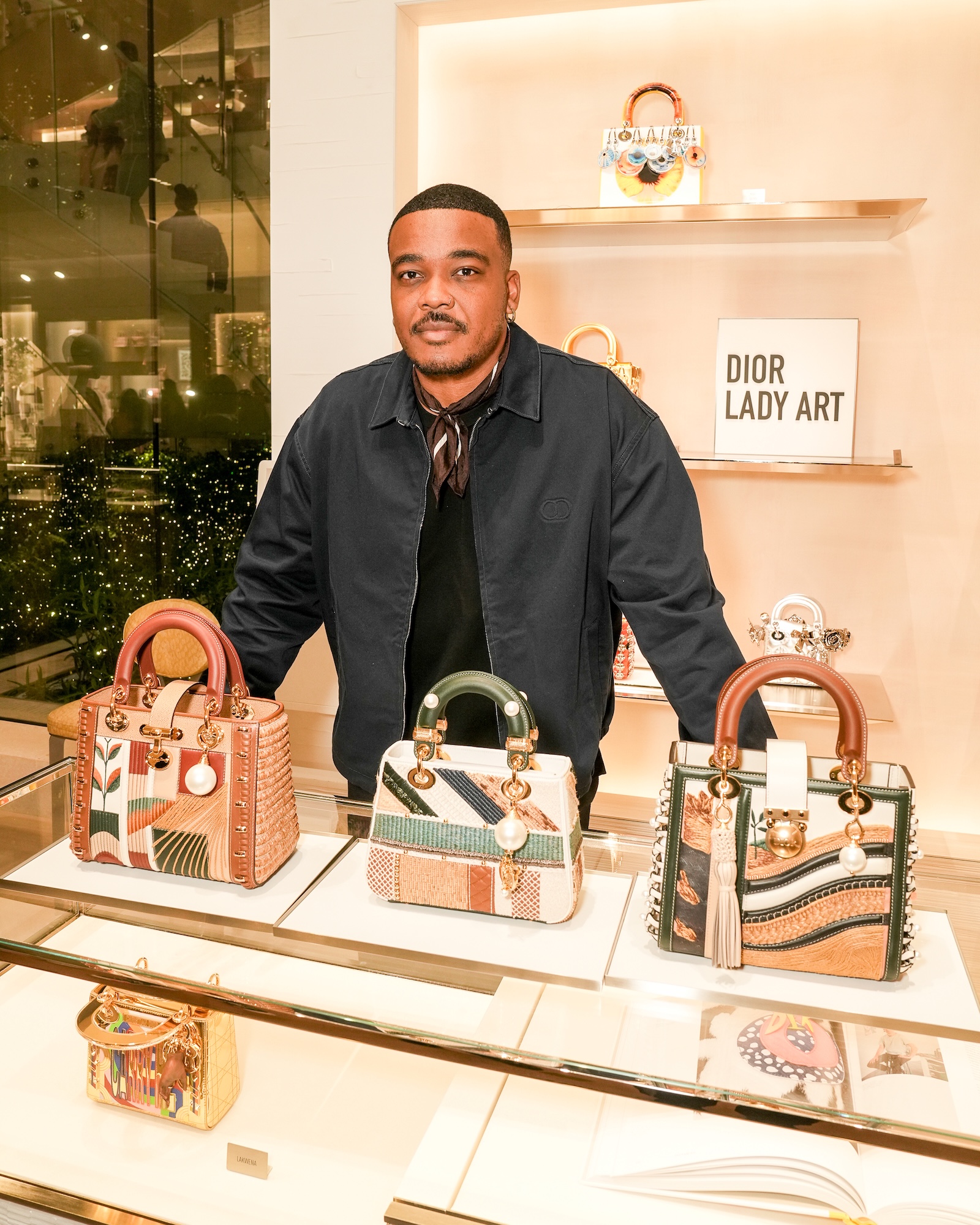Cara Levine, artist, educator, and activist based in Los Angeles is the founder of [_This Is Not a Gun_](https://thisisnotagun.com/), a multidisciplinary project aimed at creating awareness, dialogue, and action around systematic racism through art practice.
_This is Not a Gun_ consists of a collaboration between 40 artists, writers, healers and activists in which they respond to 40 objects that police have mistaken for guns. The project is set to start a conversation about regular objects that can be seen as a threat if looked at through the lens of racism.
The project includes a [studio practice](https://agency.us9.list-manage.com/track/click?u=dcc619396c4344341ae0011ef&id=5de8b7a7d8&e=94436b7b30) where Levine carves wooden sculptures of these objects as identified by a list published by Harper’s Magazine in December 2016, titled Trigger Warning: A list of objects that were mistaken for guns during shootings of civilians by police in the United States since 2001. In addition, [public workshops](https://agency.us9.list-manage.com/track/click?u=dcc619396c4344341ae0011ef&id=ad67b87e4a&e=94436b7b30) are held focused on making these objects out of clay and further discussing the story and implications behind it.
Levine hopes the collection can humanize and universalize the crime against humanity that racism represents.
Flaunt got to speak to Levine about the process of making her art, choosing artists to collaborate with, and about creating an important dialogue through art.


**What inspired you to start working on the This Is Not a Gun project?**
This project was catalyzed as a response to a list published by Harper’s Magazine in Dec. 2016, titled Trigger Warning: A list of objects that were mistaken for guns during shootings of civilians by police in the United States since 2001. I found myself stunned and frustrated by the list—of course, seeing the mundane objects like a sandwich, a bible, or a set of keys, listed shocked and appalled me, as I think it is meant to. Nevertheless, I was more appalled by what the list was missing—names, race, age, ethnicity, etc. There was absolutely zero cultural context built into this document, leaving the viewer to draw their own conclusions. On a basic level, I could not reconcile how anyone could mistake a sandwich for a gun, and immediately I wanted to use my art practice to underscore the absurdity in it. After minimal research, I learned that 19 of the 23 objects on the original list, involved the shootings of unarmed Black men. At which point, it becomes painfully obvious, that these objects do not matter. It is the color of the skin of the person the officer is shooting that matters, and this is what we make work about.
**How did you select the 40 contributors? Did you have any criteria?**
The contributors come from different cross-sections of activism—artists, healers, and academics—but each is devoutly committed to race equity through their work. The first group I invited to write for the book were people I had already worked with on _This Is Not A Gun_, over the previous few years, be they as workshop leaders, or participants. Father Gregory Boyle, of Homeboy Industries, for example, had invited TINAG to collaborate with Homeboy, Amir Whitaker of ACLU, had co-organized at the California Lobby Day in Sacramento events, Ekaette Ekong had co-run three or four workshops with me at that point, and so on. We had already built a wide and powerful network of collaborators, and I was eager to give their voices more space in the project. The next waves of people came primarily from people I have been aware of and admired from a distance and suggestions from this first group.

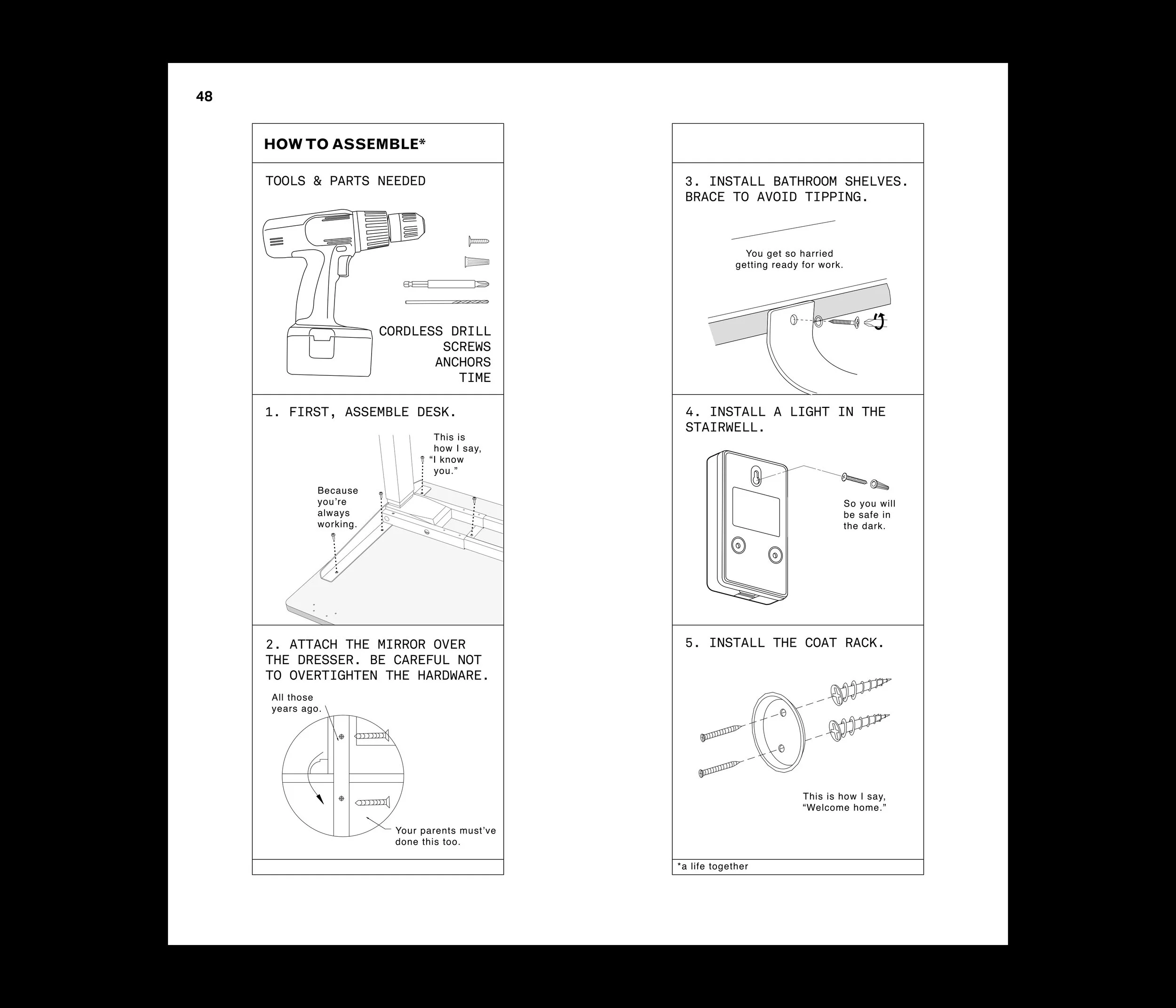
**Why do you think this project is important for audiences, especially in 2020?**
This book was planned to arrive in 2020 long before the pandemic and before these much-needed social uprisings. Nevertheless, something profound happened to America after the killings of George Floyd, Breonna Taylor, and too many others. Many in our nation who had turned a blind eye for the decades previous, were spurred to act, and finally could not deny the systematic oppression and violence enacted on the People of Color in this country. Like many in this fight, I am eager to see institutional and sweeping change. As for our project, it feels like we have a moment to seize here, where America might be listening. And in that moment, I hope to insert this book of care and diligence, of creative force and collective power.
**Can you tell us a little more about the workshops and how they are led, how to attend, what is taught, and what do you hope people gain from it?**
Well, pre-pandemic, the workshops were all held in person in community centers, schools, and arts institutions. They are led by a multiracial team and are open to all people. Generally what happens is the project is invited to a community hub and we work to coordinate with local activists and artists to create a leadership team. We invite participants to make these objects in clay, offering the stories behind each incident, as well as physical examples of the objects to serve as still-lives. Once the making is going, we begin a deeper conversation about why we’re here—about race equity, police violence, white privilege, collective trauma, etc. Working with the clay opens people up to a more embodied experience of these stories, it softens people’s guards and connects the group. Also, it’s really fun. People are having fun making this work and that allows a generosity of spirit.
Post-pandemic, we have held 2 virtual workshops and one outdoor in-person workshop. The virtual workshops function slightly differently but also intend to cultivate safety, kinship, and creative action.


**Regarding your studio practice of carving wooden sculptures of the objects that were mistaken as guns, how was the process as an artist to create these?**
This process is ongoing! My goal is to carve each of the 23 objects on the original Harper’s list. So far I have carved 16. The process is predictably slow and slightly tedious. For me, this is where I get to express my own devotion to the lives affected and lost in these shootings. The studio carvings are where this project began, and they serve as a reminder that, like the carvings, the long-term work is ongoing, slow, and tedious - but what comes from it, are objects and moments, of grace and peace.


**Why did you decide to donate to the organizations you chose?**
There are so many incredible organizations that need support right now. I choose to donate to organizations that might be a little less on the general radar, but that primarily serve to protect and support the rights of Black womxn (See Black Womxn), to dismantle the prison industrial complex (Critical Resistance), to end gun violence (Moms Demand Action, Students Demand Action), and that uplift our local community infrastructures (Homeboy Industries, New Mexicans Against Gun Violence).
**What do you hope audiences get from it?**
I hope the audience feels the depth of this scar on our society. I hope the audience feels the love, resilience, and care tended to that scar. When conceiving of the book, I hoped that the cumulation of stories, essays, and images, would serve to undermine any possible reading of threat or violence coming from such ordinary objects. I hoped this collection could humanize and universalize this profound crime against humanity.
* * *
All images courtesy Sming Sming Books and Candor Arts.
Order the book _This Is Not a Gun_ [here](https://thisisnotagun.com/the-book)!
 
**What inspired you to start working on the This Is Not a Gun project?**
This project was catalyzed as a response to a list published by Harper’s Magazine in Dec. 2016, titled Trigger Warning: A list of objects that were mistaken for guns during shootings of civilians by police in the United States since 2001. I found myself stunned and frustrated by the list—of course, seeing the mundane objects like a sandwich, a bible, or a set of keys, listed shocked and appalled me, as I think it is meant to. Nevertheless, I was more appalled by what the list was missing—names, race, age, ethnicity, etc. There was absolutely zero cultural context built into this document, leaving the viewer to draw their own conclusions. On a basic level, I could not reconcile how anyone could mistake a sandwich for a gun, and immediately I wanted to use my art practice to underscore the absurdity in it. After minimal research, I learned that 19 of the 23 objects on the original list, involved the shootings of unarmed Black men. At which point, it becomes painfully obvious, that these objects do not matter. It is the color of the skin of the person the officer is shooting that matters, and this is what we make work about.
**How did you select the 40 contributors? Did you have any criteria?**
The contributors come from different cross-sections of activism—artists, healers, and academics—but each is devoutly committed to race equity through their work. The first group I invited to write for the book were people I had already worked with on _This Is Not A Gun_, over the previous few years, be they as workshop leaders, or participants. Father Gregory Boyle, of Homeboy Industries, for example, had invited TINAG to collaborate with Homeboy, Amir Whitaker of ACLU, had co-organized at the California Lobby Day in Sacramento events, Ekaette Ekong had co-run three or four workshops with me at that point, and so on. We had already built a wide and powerful network of collaborators, and I was eager to give their voices more space in the project. The next waves of people came primarily from people I have been aware of and admired from a distance and suggestions from this first group.

**What inspired you to start working on the This Is Not a Gun project?**
This project was catalyzed as a response to a list published by Harper’s Magazine in Dec. 2016, titled Trigger Warning: A list of objects that were mistaken for guns during shootings of civilians by police in the United States since 2001. I found myself stunned and frustrated by the list—of course, seeing the mundane objects like a sandwich, a bible, or a set of keys, listed shocked and appalled me, as I think it is meant to. Nevertheless, I was more appalled by what the list was missing—names, race, age, ethnicity, etc. There was absolutely zero cultural context built into this document, leaving the viewer to draw their own conclusions. On a basic level, I could not reconcile how anyone could mistake a sandwich for a gun, and immediately I wanted to use my art practice to underscore the absurdity in it. After minimal research, I learned that 19 of the 23 objects on the original list, involved the shootings of unarmed Black men. At which point, it becomes painfully obvious, that these objects do not matter. It is the color of the skin of the person the officer is shooting that matters, and this is what we make work about.
**How did you select the 40 contributors? Did you have any criteria?**
The contributors come from different cross-sections of activism—artists, healers, and academics—but each is devoutly committed to race equity through their work. The first group I invited to write for the book were people I had already worked with on _This Is Not A Gun_, over the previous few years, be they as workshop leaders, or participants. Father Gregory Boyle, of Homeboy Industries, for example, had invited TINAG to collaborate with Homeboy, Amir Whitaker of ACLU, had co-organized at the California Lobby Day in Sacramento events, Ekaette Ekong had co-run three or four workshops with me at that point, and so on. We had already built a wide and powerful network of collaborators, and I was eager to give their voices more space in the project. The next waves of people came primarily from people I have been aware of and admired from a distance and suggestions from this first group.
 
**Why do you think this project is important for audiences, especially in 2020?**
This book was planned to arrive in 2020 long before the pandemic and before these much-needed social uprisings. Nevertheless, something profound happened to America after the killings of George Floyd, Breonna Taylor, and too many others. Many in our nation who had turned a blind eye for the decades previous, were spurred to act, and finally could not deny the systematic oppression and violence enacted on the People of Color in this country. Like many in this fight, I am eager to see institutional and sweeping change. As for our project, it feels like we have a moment to seize here, where America might be listening. And in that moment, I hope to insert this book of care and diligence, of creative force and collective power.
**Can you tell us a little more about the workshops and how they are led, how to attend, what is taught, and what do you hope people gain from it?**
Well, pre-pandemic, the workshops were all held in person in community centers, schools, and arts institutions. They are led by a multiracial team and are open to all people. Generally what happens is the project is invited to a community hub and we work to coordinate with local activists and artists to create a leadership team. We invite participants to make these objects in clay, offering the stories behind each incident, as well as physical examples of the objects to serve as still-lives. Once the making is going, we begin a deeper conversation about why we’re here—about race equity, police violence, white privilege, collective trauma, etc. Working with the clay opens people up to a more embodied experience of these stories, it softens people’s guards and connects the group. Also, it’s really fun. People are having fun making this work and that allows a generosity of spirit.
Post-pandemic, we have held 2 virtual workshops and one outdoor in-person workshop. The virtual workshops function slightly differently but also intend to cultivate safety, kinship, and creative action.

**Why do you think this project is important for audiences, especially in 2020?**
This book was planned to arrive in 2020 long before the pandemic and before these much-needed social uprisings. Nevertheless, something profound happened to America after the killings of George Floyd, Breonna Taylor, and too many others. Many in our nation who had turned a blind eye for the decades previous, were spurred to act, and finally could not deny the systematic oppression and violence enacted on the People of Color in this country. Like many in this fight, I am eager to see institutional and sweeping change. As for our project, it feels like we have a moment to seize here, where America might be listening. And in that moment, I hope to insert this book of care and diligence, of creative force and collective power.
**Can you tell us a little more about the workshops and how they are led, how to attend, what is taught, and what do you hope people gain from it?**
Well, pre-pandemic, the workshops were all held in person in community centers, schools, and arts institutions. They are led by a multiracial team and are open to all people. Generally what happens is the project is invited to a community hub and we work to coordinate with local activists and artists to create a leadership team. We invite participants to make these objects in clay, offering the stories behind each incident, as well as physical examples of the objects to serve as still-lives. Once the making is going, we begin a deeper conversation about why we’re here—about race equity, police violence, white privilege, collective trauma, etc. Working with the clay opens people up to a more embodied experience of these stories, it softens people’s guards and connects the group. Also, it’s really fun. People are having fun making this work and that allows a generosity of spirit.
Post-pandemic, we have held 2 virtual workshops and one outdoor in-person workshop. The virtual workshops function slightly differently but also intend to cultivate safety, kinship, and creative action.
 
**Regarding your studio practice of carving wooden sculptures of the objects that were mistaken as guns, how was the process as an artist to create these?**
This process is ongoing! My goal is to carve each of the 23 objects on the original Harper’s list. So far I have carved 16. The process is predictably slow and slightly tedious. For me, this is where I get to express my own devotion to the lives affected and lost in these shootings. The studio carvings are where this project began, and they serve as a reminder that, like the carvings, the long-term work is ongoing, slow, and tedious - but what comes from it, are objects and moments, of grace and peace.

**Regarding your studio practice of carving wooden sculptures of the objects that were mistaken as guns, how was the process as an artist to create these?**
This process is ongoing! My goal is to carve each of the 23 objects on the original Harper’s list. So far I have carved 16. The process is predictably slow and slightly tedious. For me, this is where I get to express my own devotion to the lives affected and lost in these shootings. The studio carvings are where this project began, and they serve as a reminder that, like the carvings, the long-term work is ongoing, slow, and tedious - but what comes from it, are objects and moments, of grace and peace.
 
**Why did you decide to donate to the organizations you chose?**
There are so many incredible organizations that need support right now. I choose to donate to organizations that might be a little less on the general radar, but that primarily serve to protect and support the rights of Black womxn (See Black Womxn), to dismantle the prison industrial complex (Critical Resistance), to end gun violence (Moms Demand Action, Students Demand Action), and that uplift our local community infrastructures (Homeboy Industries, New Mexicans Against Gun Violence).
**What do you hope audiences get from it?**
I hope the audience feels the depth of this scar on our society. I hope the audience feels the love, resilience, and care tended to that scar. When conceiving of the book, I hoped that the cumulation of stories, essays, and images, would serve to undermine any possible reading of threat or violence coming from such ordinary objects. I hoped this collection could humanize and universalize this profound crime against humanity.
* * *
All images courtesy Sming Sming Books and Candor Arts.
Order the book _This Is Not a Gun_ [here](https://thisisnotagun.com/the-book)!

**Why did you decide to donate to the organizations you chose?**
There are so many incredible organizations that need support right now. I choose to donate to organizations that might be a little less on the general radar, but that primarily serve to protect and support the rights of Black womxn (See Black Womxn), to dismantle the prison industrial complex (Critical Resistance), to end gun violence (Moms Demand Action, Students Demand Action), and that uplift our local community infrastructures (Homeboy Industries, New Mexicans Against Gun Violence).
**What do you hope audiences get from it?**
I hope the audience feels the depth of this scar on our society. I hope the audience feels the love, resilience, and care tended to that scar. When conceiving of the book, I hoped that the cumulation of stories, essays, and images, would serve to undermine any possible reading of threat or violence coming from such ordinary objects. I hoped this collection could humanize and universalize this profound crime against humanity.
* * *
All images courtesy Sming Sming Books and Candor Arts.
Order the book _This Is Not a Gun_ [here](https://thisisnotagun.com/the-book)!

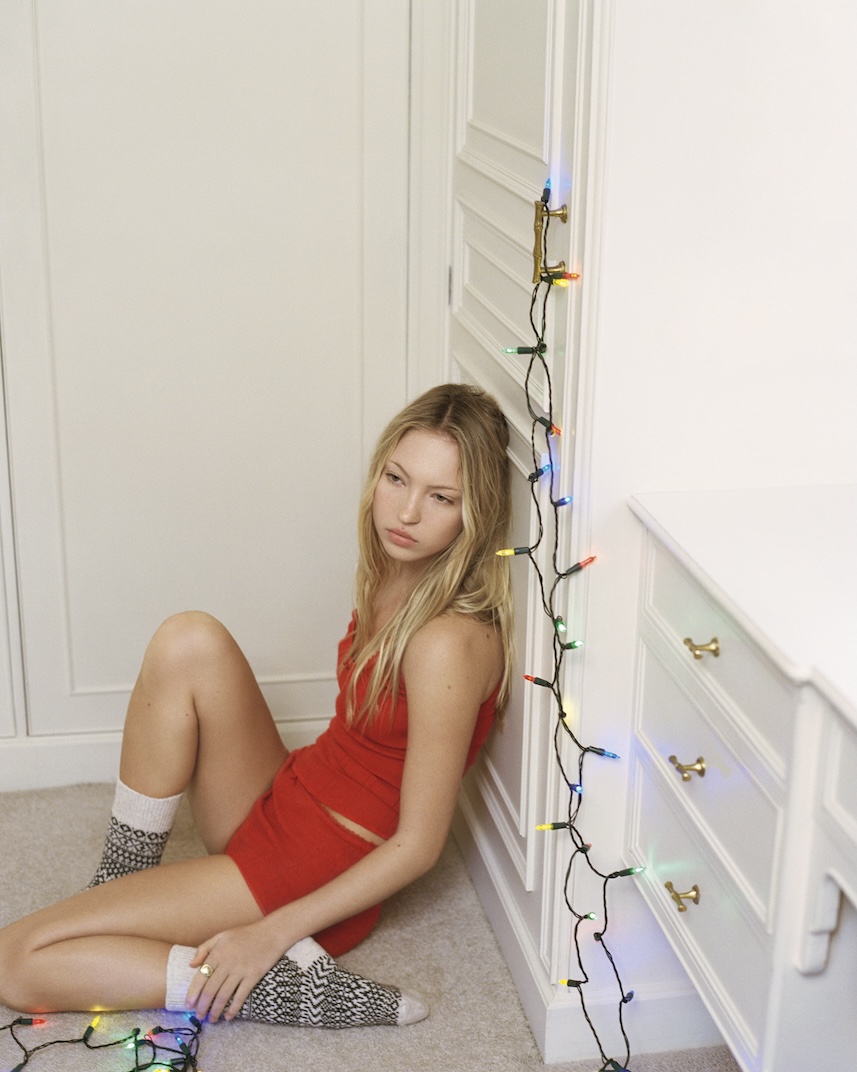
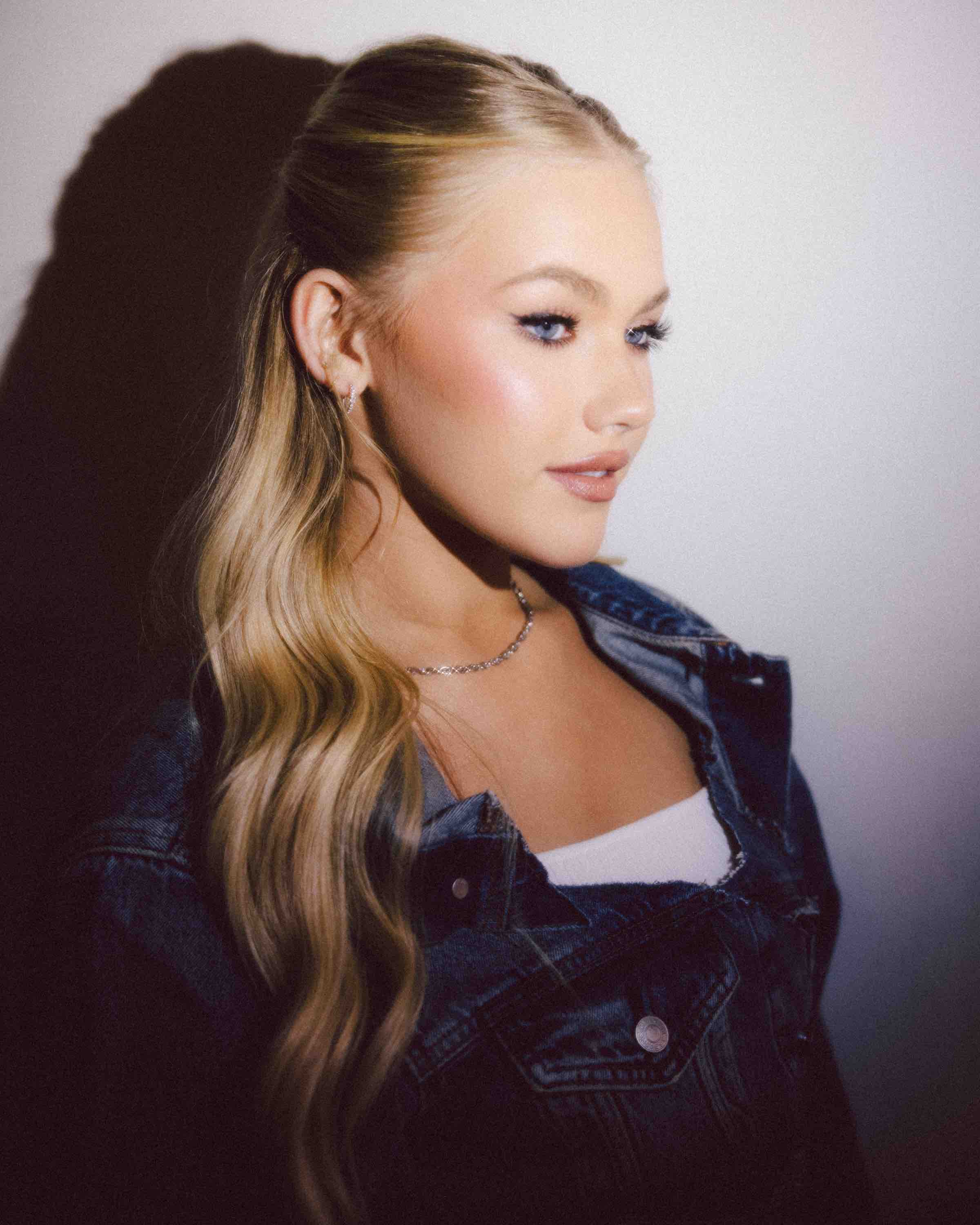



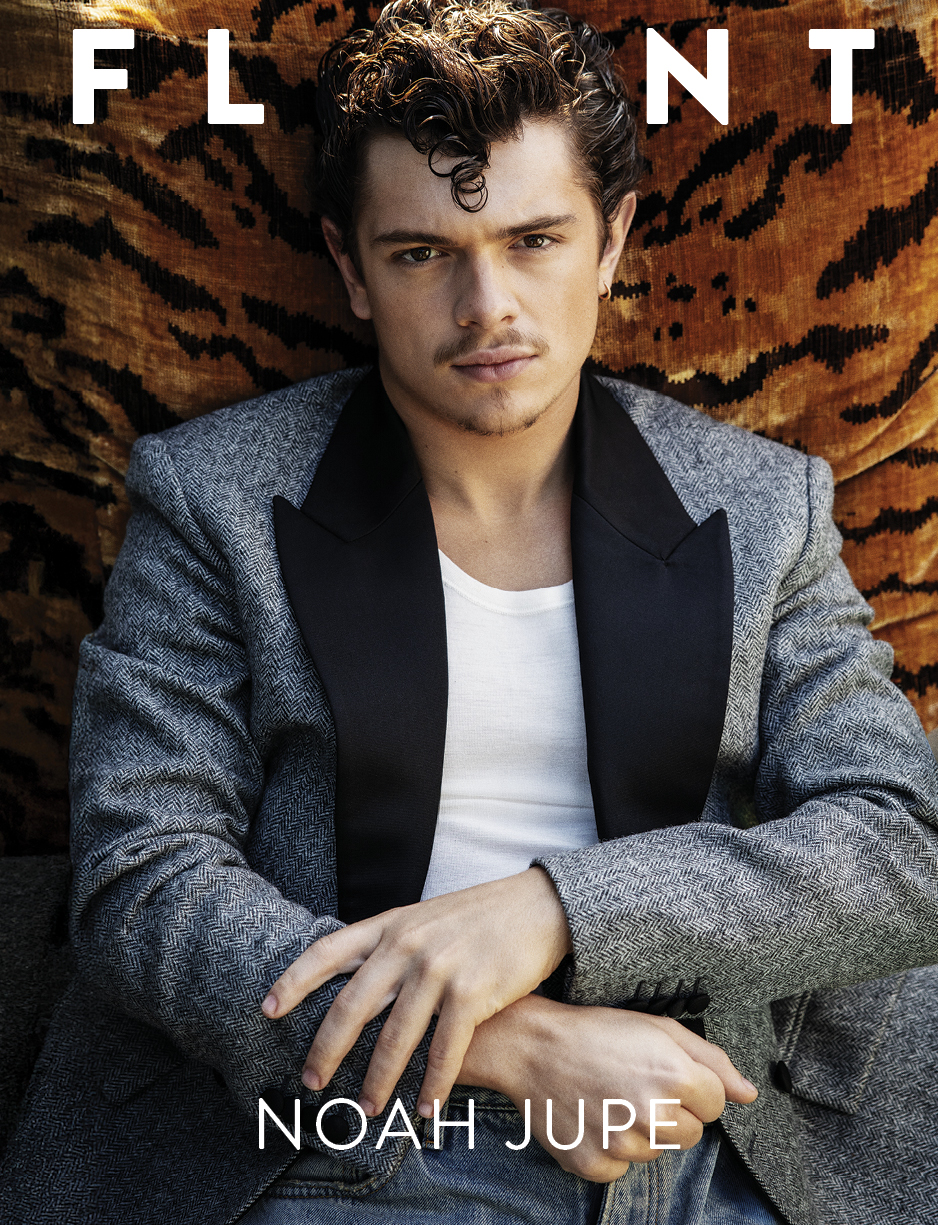
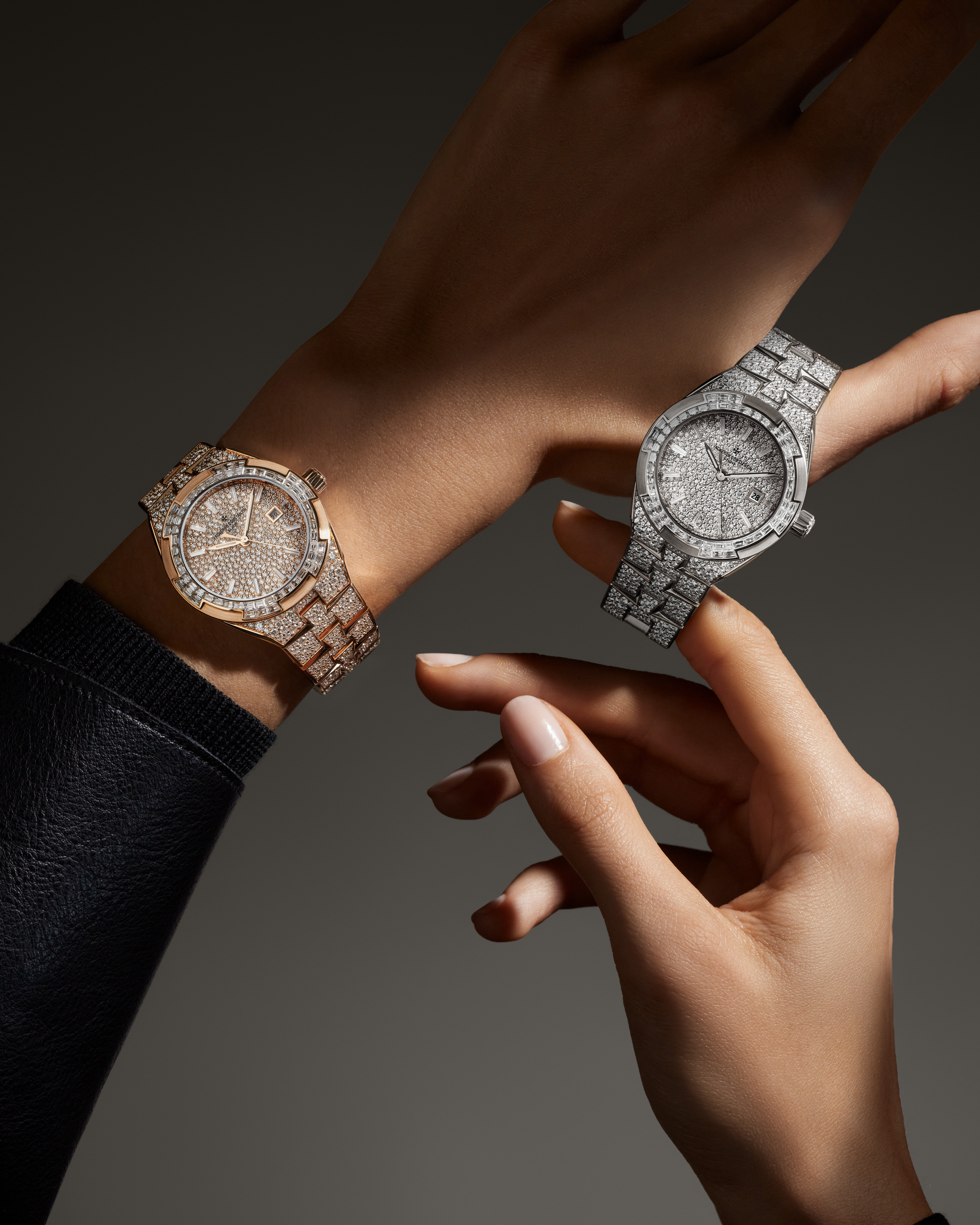
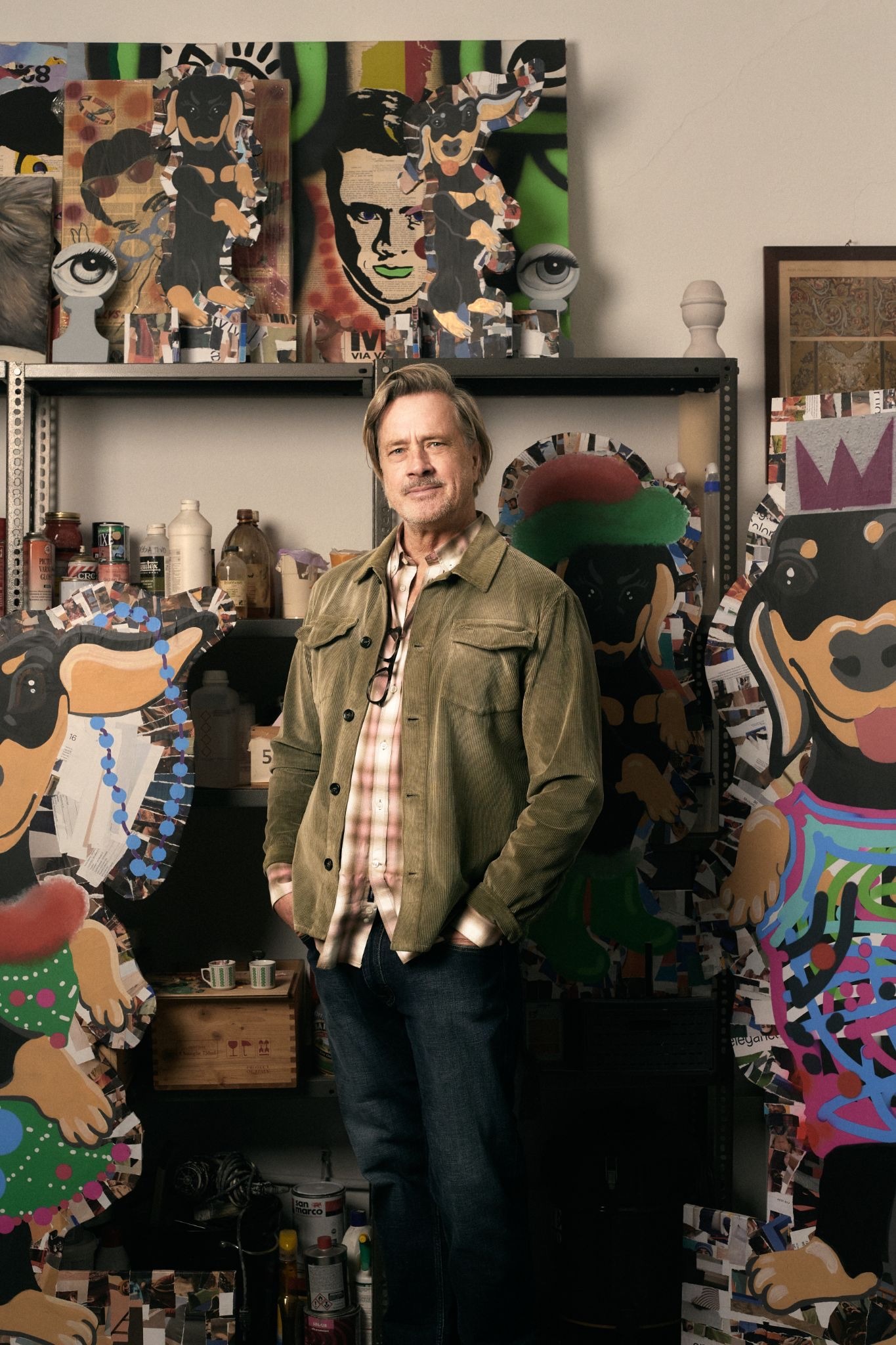
.JPG)
.jpg)
